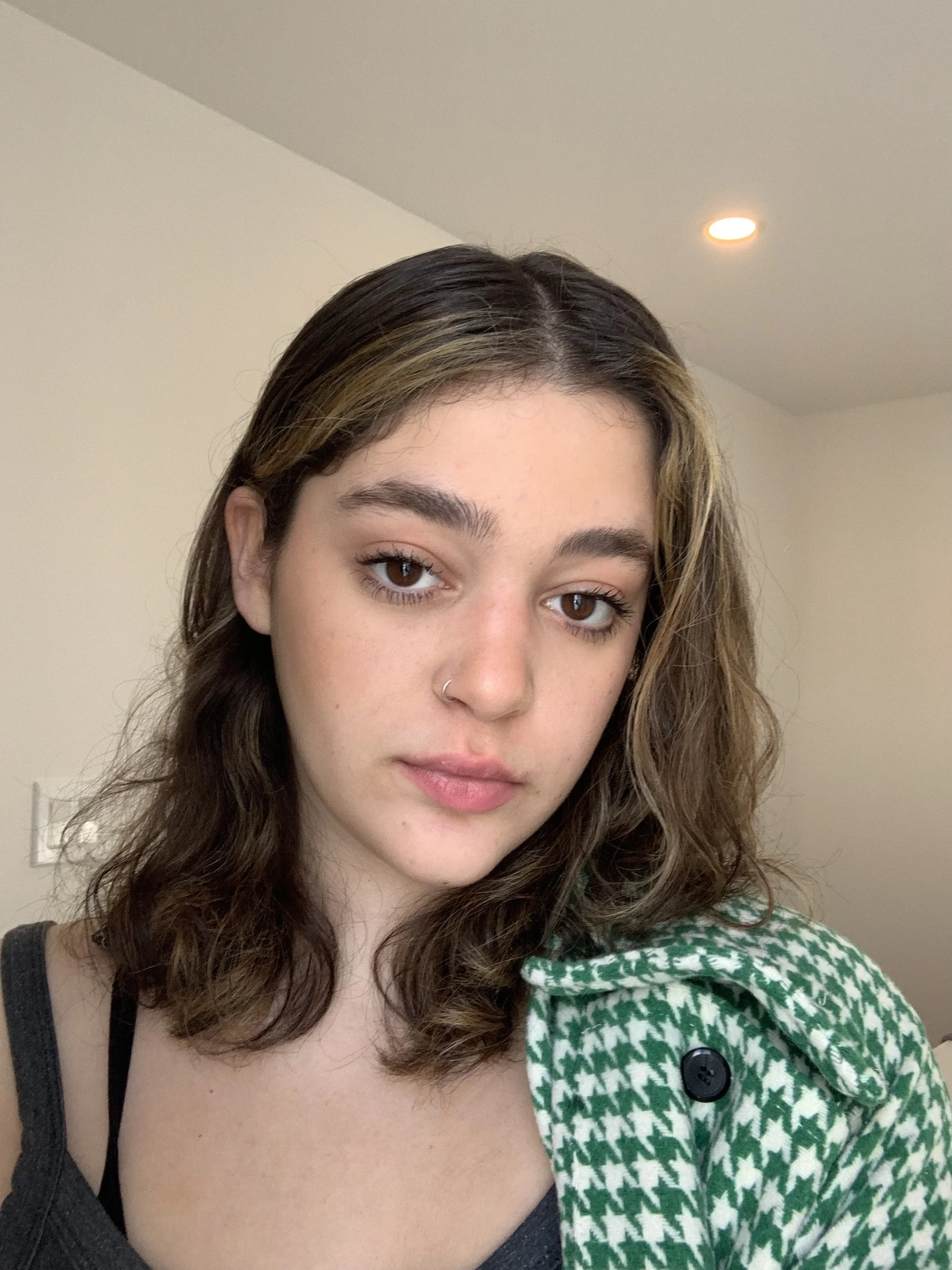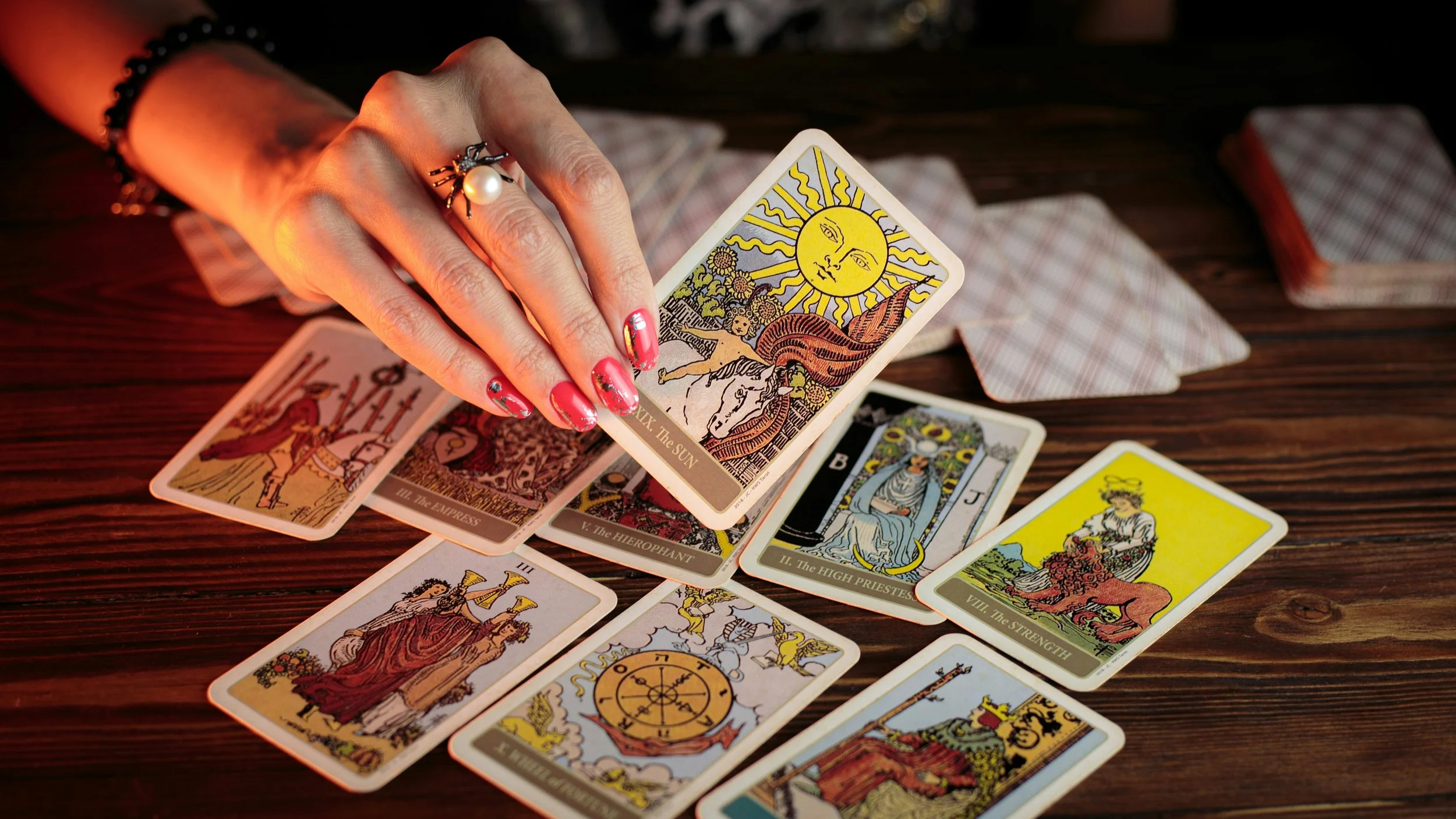Tarot: A Tool for Connection
Via UnsplashMy mom gifted me a tarot deck for my sixteenth birthday that went untouched until I decided to bring it with me to college the next year. When I unpacked it from my suitcases I didn’t think much about it, other than hoping it would start a few conversations.
It didn’t, until a few months later when I finally met the girl who would become my closest friend. I invited the girl from my hall who I was just getting to know to my room for a movie night. She began inspecting my shelves full of tchotchkes — little crystals, a small keychain collection, and a handful of photos tacked to the corkboard— something that endeared me to her because I’m also nosy. She asked me questions about the people in the photos and we bonded over our shared love of little things. We talked about the stuffed animals on my bed and I told her each of their names and backstories. Then she noticed the tarot deck, which was placed underneath a framed photo of me and my mom. She asked me what it was, and I told her.
“It’s a tarot deck,” I explained, not knowing much else about it.
“Have you ever used it?” She asked me, lifting the frame and picking it up.
For the rest of the evening, we explored the deck, marveled at the pretty pictures, and used the small guidebook to give each other simple, three-card readings. We learned as we went, matching the images on the cards to the messages in the small booklet provided. We read directly from the guidebook, but still found ways to apply the generalities to our lives. By the end of the night, we were giggling in a pile on the floor.
After that, whenever we had a bit too much wine, we would pull out the deck and ask silly questions like: Do you think the girl down the hall has a crush on me? Or, am I going to pass my theater final tomorrow? Although we weren’t using them right, the cards helped bring us closer together.
When we all got sent home at the start of quarantine, I felt completely lost and disconnected. One day, after I’d crocheted and played enough guitar that my fingers felt like they could fall off, I was motivated to pull my tarot deck back out. Slowly, I began developing a deeper interest in the world of tarot. I felt compelled to ask more open-ended, existential questions, instead of trivial ones. I got tired of always referencing my guidebook, so I decided to start the process of memorizing the meanings of the cards. I watched countless YouTube videos, and tutorials, and hand-wrote each meaning into my notebook to guarantee its permanence. I started practicing readings on my mom, who also became obsessed, and, by the end of quarantine, I had read her cards nearly every night. I felt myself able to abandon the strict definitions I’d memorized and use the cards and my intuition to create a more coherent story. For about two years after that, I read my cards weekly and journaled about what feelings came up.
When I graduated college I lost that dedication to the practice. I found myself caught up in the whirlwind of newfound adult life, unable to find time to check in with myself. Every once in a while my friend would ask for a reading, or I would conduct a short one on myself, but most of the time my collection of decks sat on my bookshelf collecting dust.
But last week I felt particularly anxious. It was just one of those weeks— constantly hyper-aware, couldn’t sleep, forgetting to take care of myself. By the middle of the week, I was fed up with that feeling. I’d taken a walk, written some of my book, snuggled out with my cat, and I still felt terrible. That night, I gave myself my first in-depth reading in about a year and journaled about how it made me feel. Afterward, I was energized and shocked by how quickly my attitude had changed.
Then, I thought about the reappearance of the cards in my life at different pivotal moments. Tarot is just like riding a bike— once you’ve learned it it’s nearly impossible to forget. But even when I hadn’t learned it, it still helped me form connections in a place where I knew nobody. It helped me connect with myself and my family during the pandemic when we all needed it the most. Then, after putting it down for a year and coming back, I feel a rush of relief knowing that I’m still capable of developing a connection with myself. Tarot finds its way back into my life when I need it the most. It's comforting to know that if I ever forget that again down the line, it’ll come back when I’m ready. If you’re ever feeling particularly in your head, think about grabbing a tarot deck, shuffling the cards, and laying out the top three in a small row. Consult your guidebook and then journal about how you feel the messages apply to your life. Maybe it’ll help you like it helped me.
Written by: Gemma Siegler
About the Author:
Gemma is a lesbian tarot enthusiast, trashy reality TV fan, and fiction writer, currently in the process of writing her debut novel. She also works as a freelance writer and editor. Check out her website for more writing gemmasiegler.com
Additional Reading
Written By Gemma Siegler
March 9, 2024
Leave a comment
June 15, 2023
Intro to Decolonization: US History
Identity, Oppression, US Politics, Race
September 12, 2023
June 15, 2023
Featured Image
Mental Health, Spirituality
Check out our social media for more resources:





